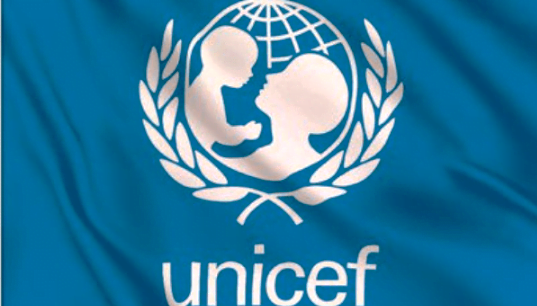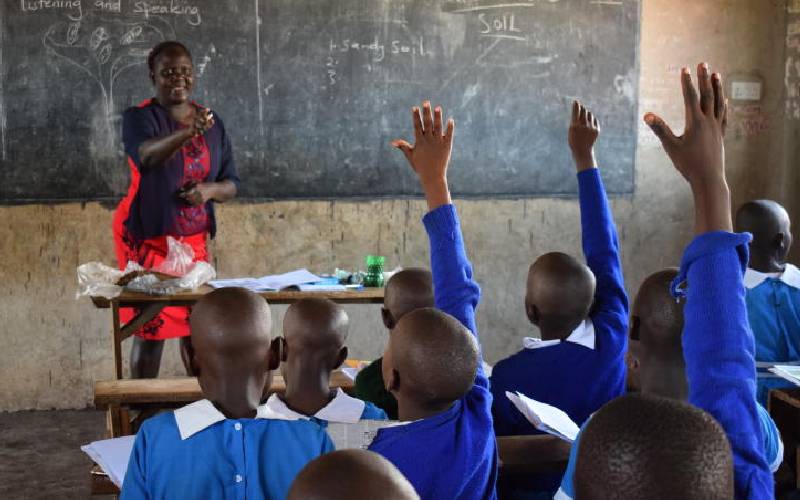By Robert Nyagah
Worsening nutrition gaps and malnutrition will continue to negatively affect children’s attendance of school and their performance with intervention budget shortfalls reaching more than 85 per cent, a report by UNICEF indicates.
The situation has worsened in Garissa, Isiolo, Marsabit, Turkana and Baringo counties, with the most recent statistics UNICEF gathered indicating that 15,726 (6,723 girls and 9,003 boys) had abandoned schooling.
UNICEF has announced alarming gaps clearly showing that children, especially in Arid and Semi-Arid Lands (ASAL), are in dire need of food.
Food security at family level has deteriorated, worsening children’s nutrition and malnutrition at a time when economic crises have led to high food and commodity prices.
A UNICEF’s report on drought emergency budget for life-saving services like health, nutrition, and education over the period April – December 2022 says it stands at US$ 67.8 million with a funding gap of 87 per cent.
According to a food security (June 2022) report of the National Disaster Management Authority (NDMA), after four failed consecutive rainy seasons, the number of people facing food insecurity in Kenya has increased from the previous 3.5 million to 4.1 million.
UNICEF’s most recent records indicate that a total of 9,539 (4,998 female and 4,541 male) children were admitted to hospital for treatment for severe acute malnutrition during the reporting period in the target counties.
Further reports revealed that, 170,469 people, among them 83,530 men and 86,939 women, were provided with access to critical lifesaving safe water.
UNICEF says the improved intervention was due to the fact that they decided to set aside USD3 million of its existing resources to support drought response.
The report says that UNICEF’s most recent appeal is for USD67.8 million to sustain the provision of life-saving services for the drought affected children in Kenya over the period of April – December 2022.
So far USD8.6 million (13 per cent) has been received, leaving a funding gap of USD59.2 million (87 per cent).
UNICEF, the report notes, has intensified resource mobilization efforts to minimize the funding gap to be able to respond effectively to the needs of the drought affected children in target the counties.
Overall, during the financial year 2021/22, the government of Kenya allocated Ksh15.63 billion (1 per cent) of its budget to emergency interventions under the Ministry of Interior as well as the National Drought Management Authority (NDMA).
UNICEF said that the government, through the Ministry of Health (MoH), released Ksh26 million from the Treasury for the procurement of Ready-to-Use Therapeutic Food (RUTF).
In some parts of Kenya, children continue to abandon classes with many being admitted to health facilities due to hunger-related ailments.
Surveys conducted in June/July 2022, according to UNICEF, showed that the nutrition situation has significantly deteriorated with almost 1 in every 2.4 children suffering from malnutrition in Turkana County.
“The deteriorating nutrition situation is mainly attributed to worsening food insecurity characterized by low milk availability, unfavourable terms of trade, increasing food prices and water stress, which is expected to continue during the dry weather in the projection period,” indicated the report.
UNICEF continues to support the Government of Kenya at both the national and county levels, Civil Society Organizations (CSOs) and other humanitarian partners to respond to the drought affected populations.






